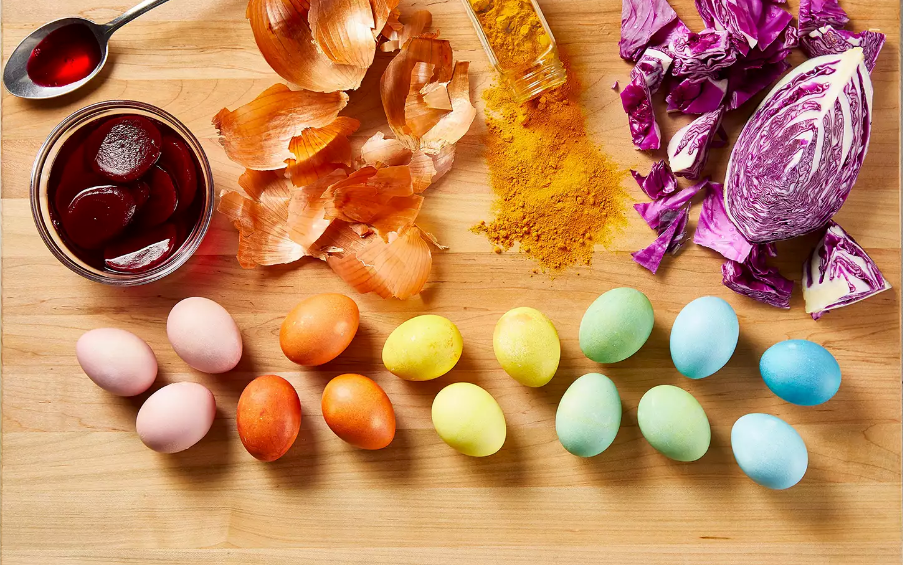Using the leaves in your yard
Published 4:17 pm Friday, December 2, 2016
By Ty Torrance
I have three large oak trees in my yard, so I can relate to this article. I thought some of you could relate as well. Paul Pugliese, a fellow agriculture agent, shares some tips on alternate uses of the leaves covering your yard. If you don’t like raking, bagging and dragging leaves to the curb, recycle your leaves into mulch. Leaves are nature’s way of creating a natural blanket for protecting tree and plant roots from extreme cold temperatures.
If you remove leaves, you must replace them with some other mulch. Large, whole leaves tend to get blown around and don’t stay within their landscape bed boundaries.
The key to successfully using leaves for mulch is to shred them with a lawn mower, bagging attachment or leaf shredder so that they won’t blow away.
A 3- to 5-inch layer of shredded leaves can be used around trees, shrubs, annuals or perennials. If you don’t like the look of shredded leaves, use them as a base under a top layer of bark or pine straw mulch. This will also reduce the amount of mulch that you need to buy.
Leaves incorporated into the fall vegetable garden will become rich, dark humus by next spring.
Fall is the best time for planting trees, shrubs, vines, groundcovers, herbaceous perennials and cool-season annuals. Plants established in the fall require less water and are less likely to suffer from drought-related stress next summer.
Be sure to mulch new plants immediately after planting to reduce weeds and provide extra insulation. Even though these plants may go dormant on top, the roots underground will continue to grow all winter long. Mulch will help roots of newly planted trees and shrubs acclimate to the cold faster while they are becoming established this winter.
When spring arrives, these plants will have well-developed root systems and be better prepared for possible drought. If you have any questions, please call the office at (229) 248-3033.




